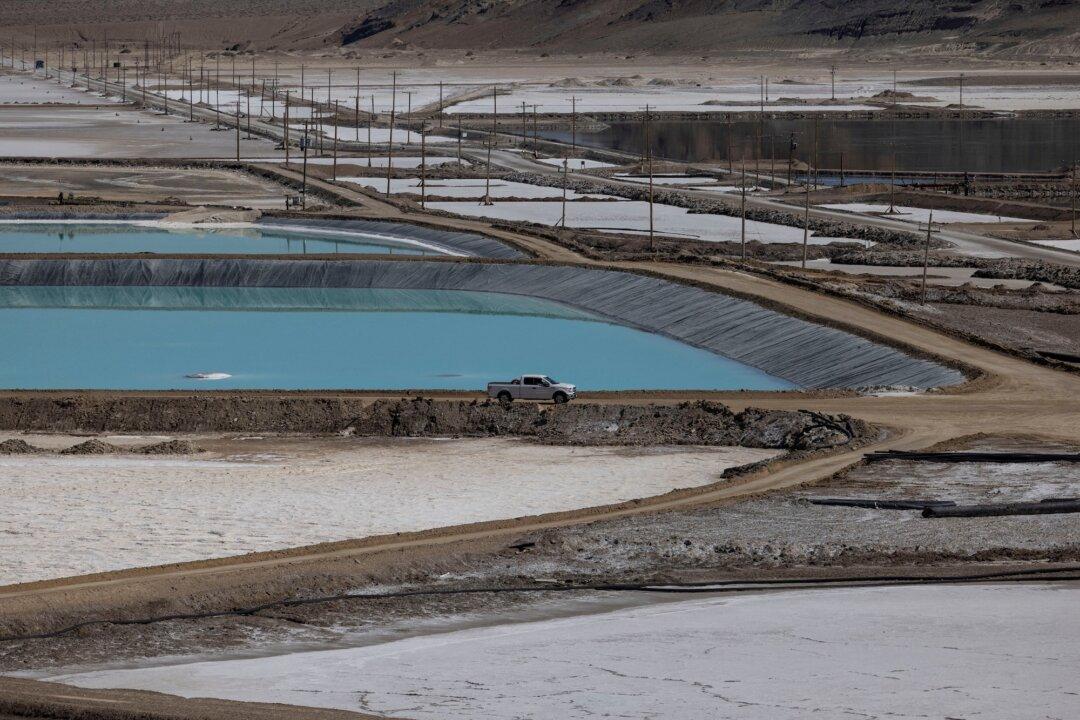The closely watched consumer sentiment survey from the University of Michigan shows that Americans’ confidence in the economy tumbled in October after two months of small gains, with frustration over high prices to blame.
The University of Michigan’s preliminary consumer sentiment reading, released on Oct. 11, came in at 68.9 for October, a decline from September’s final reading of 70.1. That’s a drop of 1.2 points and lower than market predictions for a reading of 70.8.
Inflation was once again the culprit behind October’s decline in U.S. consumer confidence, according to Joanne Hsu, director of the University of Michigan’s Surveys of Consumers.
“While inflation expectations have eased substantially since then, consumers continue to express frustration over high prices,” Hsu said in a statement. “Still, long-run business conditions lifted to its highest reading in six months, while current and expected personal finances both softened slightly.”
The sentiment survey shows that consumers expect prices will rise 2.9 percent over the coming 12 months, an increase from the 2.7 percent expected in September. By contrast, long-run inflation expectations (over the next five to 10 years) dipped from 3.1 percent in September to 3 percent in October.
Also, while long-run business conditions rose, consumers’ views of their current financial situation fell to their lowest reading since the end of 2022.
Meanwhile, other inflation-related data released on Oct. 11 showed that business input cost inflation and a measure of underlying inflationary pressures both rose above expectations.
Wholesale inflation, as measured by the headline Producer Price Index (PPI), rose 1.8 percent in annual terms in September, according to the Bureau of Labor Statistics. At the same time, an index of underlying inflation known as the core PPI jumped 2.8 percent.







